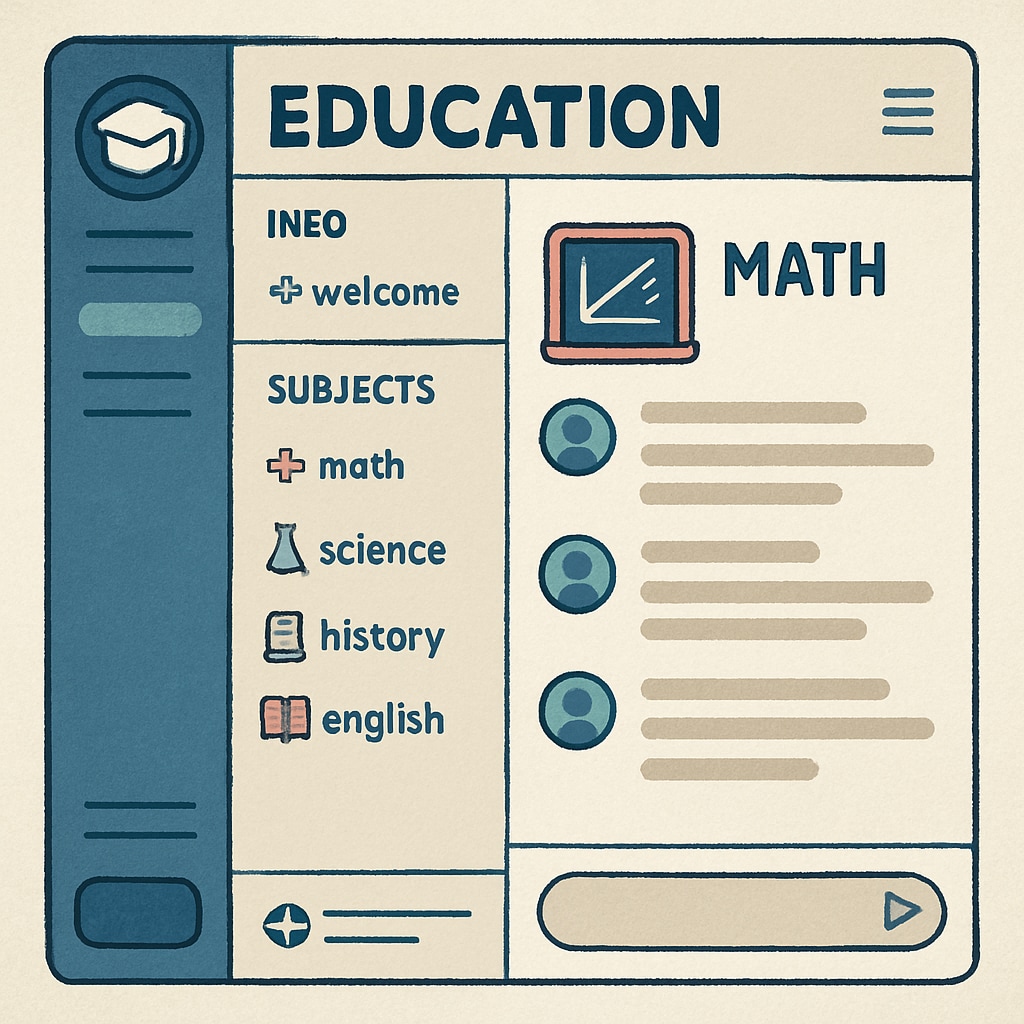In the modern educational landscape, study groups and digital platforms like Discord are becoming essential tools for enhancing collaboration and learning outcomes. Inspired by Houston University’s innovative use of these resources, K12 educators can foster environments where students excel academically while developing critical teamwork and communication skills. This article dives into the benefits of study groups and Discord communities, offering practical insights for educators and students alike.
Why Study Groups Matter in K12 Education
Study groups are more than just a gathering of students—they are dynamic ecosystems that promote active engagement, peer-to-peer learning, and diverse perspectives. When students collaborate, they not only reinforce their understanding of concepts but also develop essential skills such as problem-solving, critical thinking, and leadership.
For example, Houston University emphasizes the importance of study groups in creating a supportive academic environment. Students work together in small groups to tackle challenging subjects, share resources, and motivate one another. This collaborative approach mirrors the demands of real-world workplaces, where teamwork and adaptability are key.
- Encourages active participation and accountability
- Improves retention of complex subjects
- Develops interpersonal and communication skills

Discord: A Digital Hub for Collaborative Learning
Discord, traditionally known for gaming communities, has evolved into a powerful educational tool. Its features—such as text channels, voice chats, and file-sharing capabilities—make it an ideal platform for creating virtual study groups and fostering collaboration among students. Houston University has successfully integrated Discord into its academic strategies, enabling students to connect outside of traditional classroom settings.
Discord’s adaptability allows educators to create dedicated channels for specific subjects, organize Q&A sessions, and even host virtual study events. This digital approach complements traditional study groups by providing a flexible, accessible space for interaction.
- Facilitates seamless communication across different time zones
- Supports multimedia learning with file and video sharing
- Offers customizable spaces for focused discussions

Lessons from Houston University: Implementation Strategies
Houston University’s innovative use of study groups and Discord offers valuable lessons for K12 educators. By combining physical gatherings with digital platforms, they have created a blended learning ecosystem that caters to diverse student needs.
Here are actionable strategies inspired by Houston University’s model:
- Encourage students to form small, diverse study groups based on shared interests or academic goals.
- Introduce Discord as a complementary tool for group discussions, resource sharing, and real-time collaboration.
- Provide training sessions on using digital platforms effectively for academic purposes.
- Monitor group progress and offer guidance to ensure productive collaboration.
Conclusion: Preparing Students for the Future
By integrating study groups and platforms like Discord into K12 education, educators can create dynamic learning environments that prepare students for future challenges. Houston University’s success demonstrates the transformative potential of combining traditional collaboration methods with modern technology.
As K12 institutions adopt these practices, they will not only improve academic outcomes but also equip students with skills essential for lifelong success—teamwork, communication, and adaptability. The time to embrace this collaborative learning revolution is now, and the tools to do so are readily available.
Readability guidance: This article uses clear, concise language and short paragraphs to ensure accessibility for a wide audience. Lists and examples are included to summarize key points and enhance understanding. Transition words are strategically placed to maintain a smooth flow of ideas.


